Hydrangea large-leaved Endless summer
In regions with a mild southern climate, of all types of hydrangeas, the large-leaved one feels most comfortable. To this day, breeders have created many varieties of this plant, which are equally loved in Japan, and on the European continent, and in America. But there is a variety that does not care even the most severe cold. He has a very unusual name: Endless Summer.
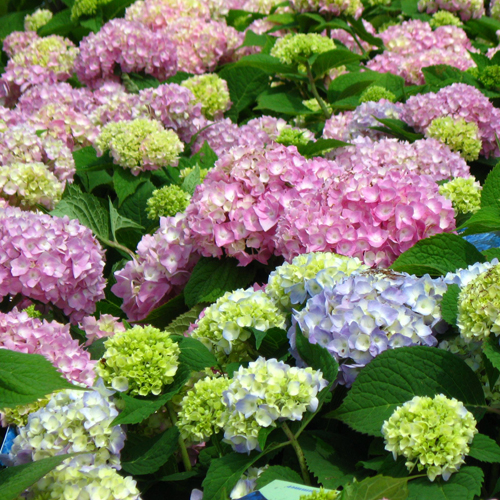
History of creation
According to official information, Endless Summer appeared in 2003 in the United States, in the state of Minnesota. However, in reality, work on its removal began much earlier, back in the 20th century. The winter of 1982 in the mentioned region turned out to be incredibly cold. Most of the cultivated plants froze under the influence of the arctic air in the local nursery. But in the garden next door, a hydrangea blossomed in the spring. Breeders drew attention to this phenomenon, and already three years after the incident, a cuttings from the mentioned culture were planted in the nursery. Later, it developed into a vigorous, vigorous shrub, resistant to severe temperature fluctuations. For 21 years, scientists have been working to improve this plant. They do not stop to this day, since the main task of breeders remains to make the Endless Summer even more frost-resistant and to achieve the appearance of flowers with wavy edges on it. By the way, the name of the culture is due to the property of the plant to bloom again.
The cultivar is registered as Endless Summer Hydrangea and Hydrangea macrophylla Bailmer PPAF (plant patent applied for). It is believed that it may be a mutation of the Nikko Blue variety.
Description and features of the variety
Endless summer is a vigorous crop reaching 2 meters in height. The width of its crown rarely exceeds 100 cm. Flexible, strong shoots of hydrangea have dark green leaves with a matte surface, a hard texture and jagged edges. In the first years of the shrub's life, its stems are colored green, but as it grows and develops, they darken and become covered with a thin bark. The shape of the bush is round and, despite its size, compact.
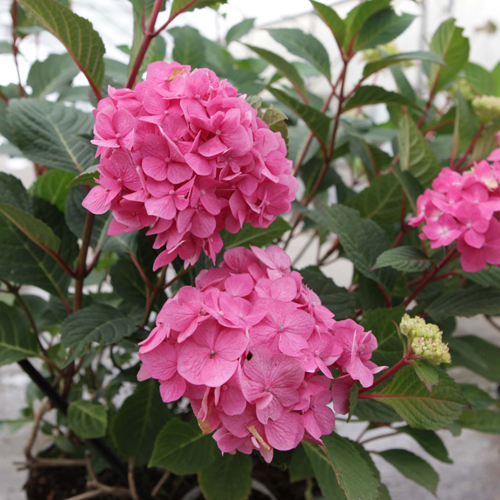
The main decoration of the variety is, of course, the inflorescences. Large, or rather massive, up to 15 cm in diameter, spherical in shape, they immediately catch the eye. Lush flower caps consist of pink or light blue sterile flowers. The shade of the inflorescences can be adjusted by changing the pH of the soil in which the crop grows. So, they acquire a pink color when using alkaline soil under a shrub, and blue as a result of using an acidic substrate, among other things, rich in aluminum. More about how to change the color of a hydrangea growing in a garden, you can find out in one of our articles.
The features of Endless Summer also include the appearance of flowers on new and last year's shoots. The repeated flowering, which was already mentioned above, consists in the fact that the plant forms buds every 1.5 months.
You already know that this variety is not afraid of cold weather. It is also resistant to powdery mildew on the leaves.
Interestingly, in recent years, our heroine has served as the basis for the creation of other varieties of decorative flowering shrubs: Endless Summer blue and Endless Summer Blue Bloomstar hydrangeas (differ in a light blue tint of flowers), Endless Summer Blushing Bride (has white buds and pink semi-double flowers).
Growing and care
Endless summer loves sunshine - keep this in mind when placing crops on the site. At noon, the plant should be in partial shade to avoid burns on the leaves and inflorescences.
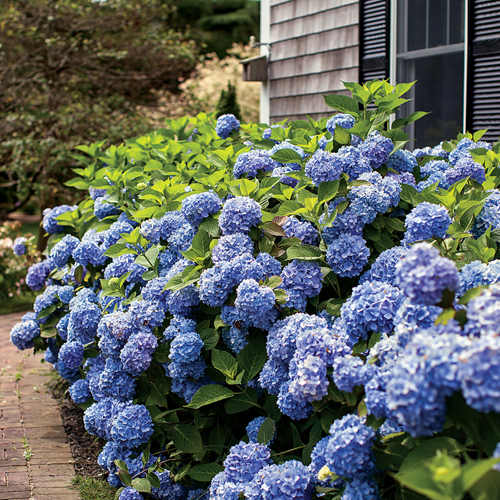
It is necessary to plant large-leaved hydrangea in loose, fertile soil. The approximate depth of the planting hole is 50 cm. Make the same width. Be sure to add a mixture of peat and humus to the dug hole. Place a drainage layer of expanded clay or small pebbles at the bottom. After planting, the plant needs to be watered with water at room temperature.
Moisten the soil under the flower regularly.Use for this purpose settled, even better - rain not cold water. Drip irrigation is ideally recommended.
For your hydrangea to bloom profusely, it is important to feed it periodically. This procedure begins in spring, and stops with the onset of autumn. Top dressing should be carried out every 10-15 days, during the period of active growth of green mass and the appearance of buds. In the spring, complex fertilizers with nitrogen are used, in the summer - mixtures rich in potassium and phosphorus.
The soil around the Endless Summer needs to be weed from time to time. After each watering, the soil is loosened, a little later - mulching with crushed bark or peat in order to preserve moisture in the substrate.
Pruning this variety is needed to maintain a decorative appearance and remove sick, frozen shoots. The flower can be affected by spider mites. During the resting phase - from November to February - Endless Summer is kept in the basement, sometimes watering.
Use cases
The shrub is suitable for arranging hedges in the garden, for placement in group plantings, including flower beds. As a single plant, hydrangea also looks very impressive. The culture can be grown in containers, and then it will decorate a balcony, terrace, patio. The luxurious beauty Endless Summer has long conquered the hearts of flower growers - you cannot escape this fate!
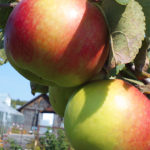

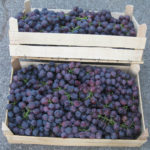
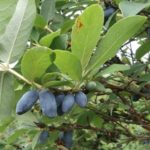
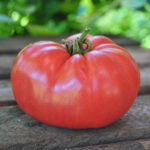
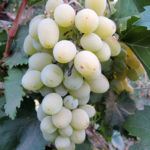



Hydrangea Endless Summer is quite popular in our town in the south of Belarus. True, it does not grow up to two meters, up to a maximum of one meter. Many, according to my observations, grow it without even covering it for the winter, and nothing - it blooms every year. I already have three such hydrangeas in my garden. I propagate by dividing the bush, it takes root well. After planting, it blooms for 2 - 3 years.
Interestingly, one of the bushes grows in the front garden and, unlike the other two pink, planted in the garden, blooms with blue flowers. I don't add anything to the soil on purpose.
I wrap my hydrangeas in spunbond for the winter. After such a wintering, more flower buds are preserved - the bush looks smarter.